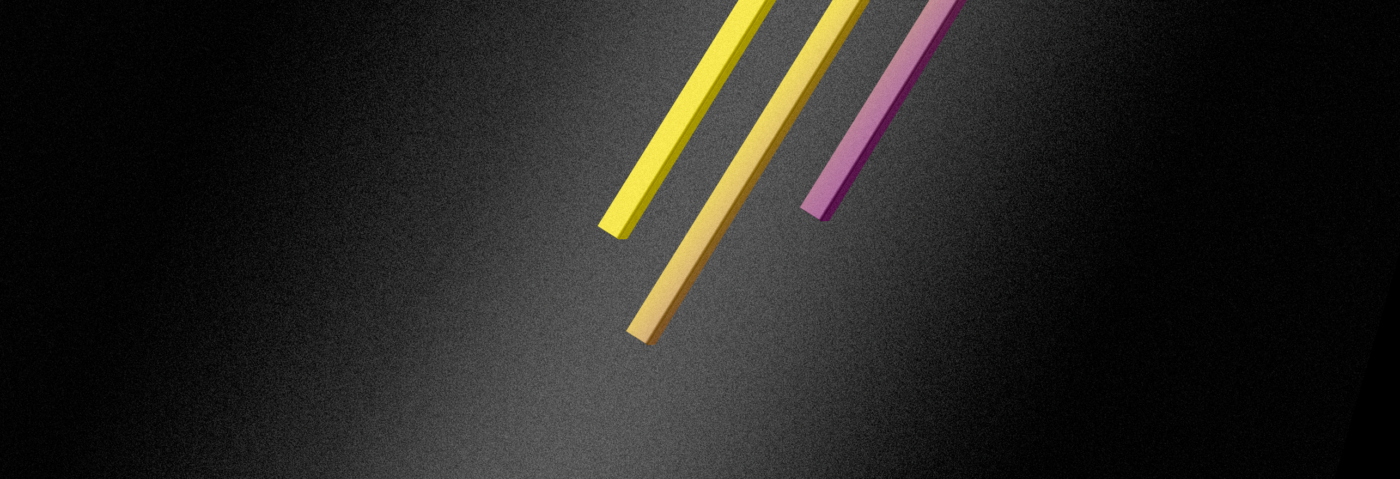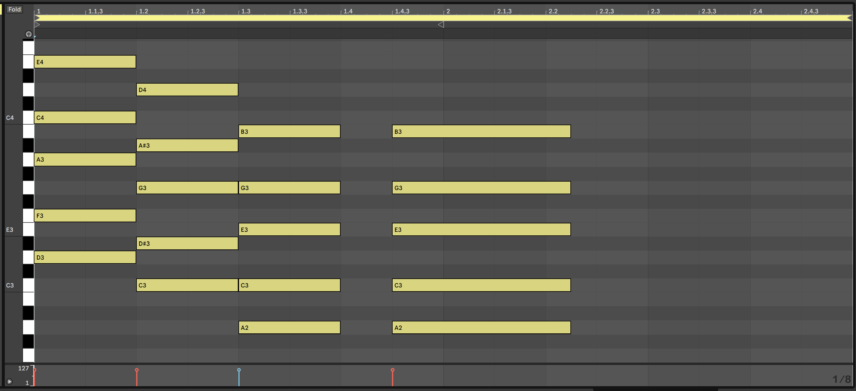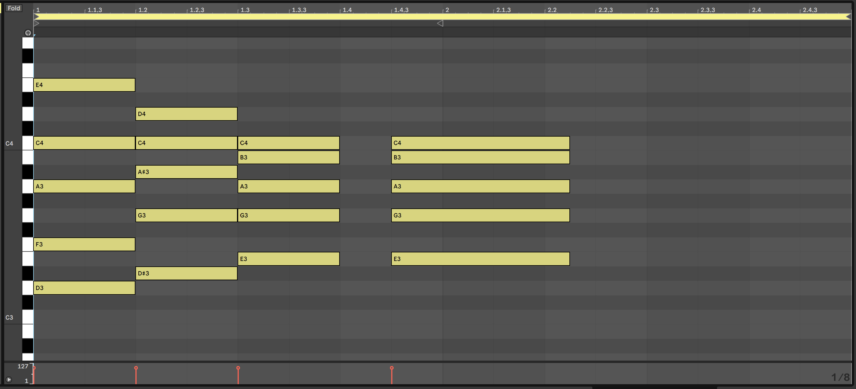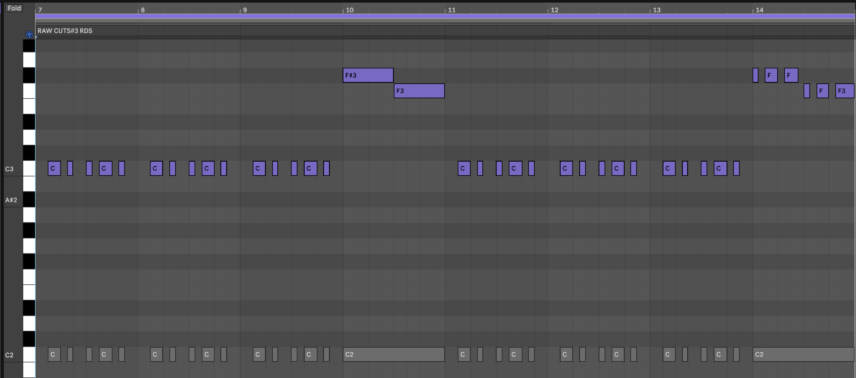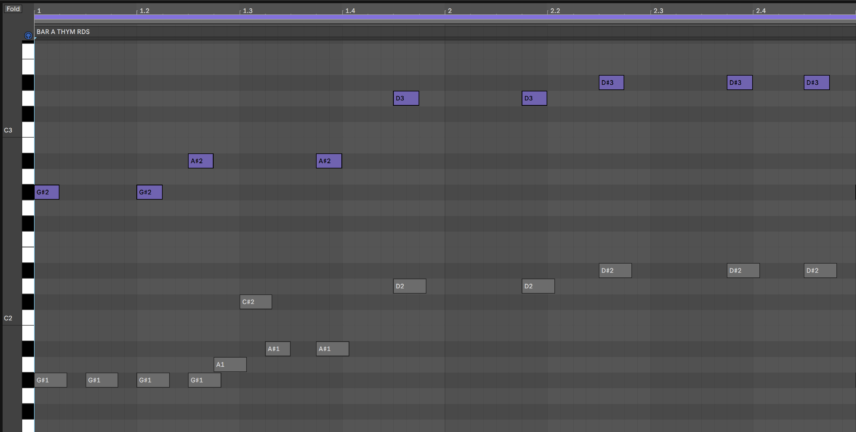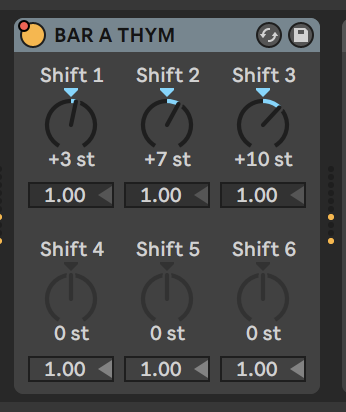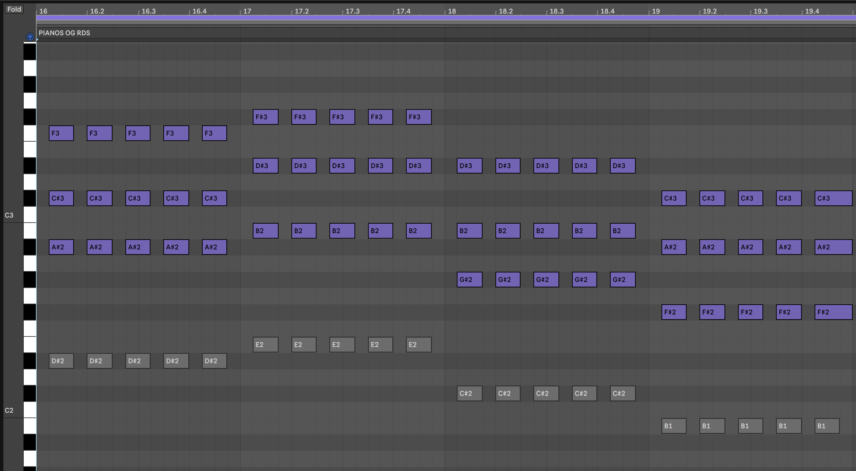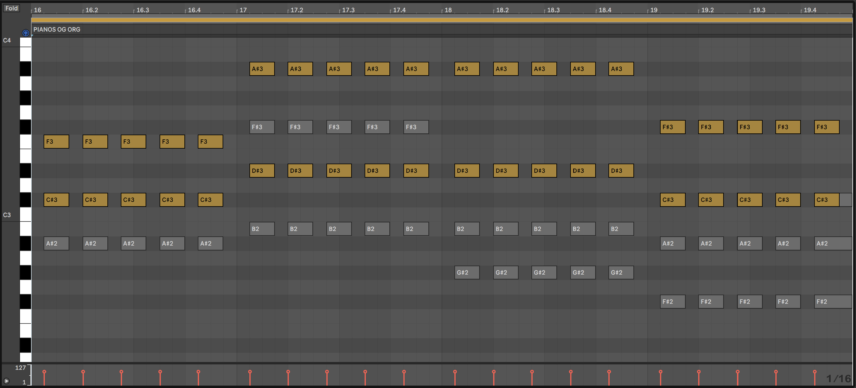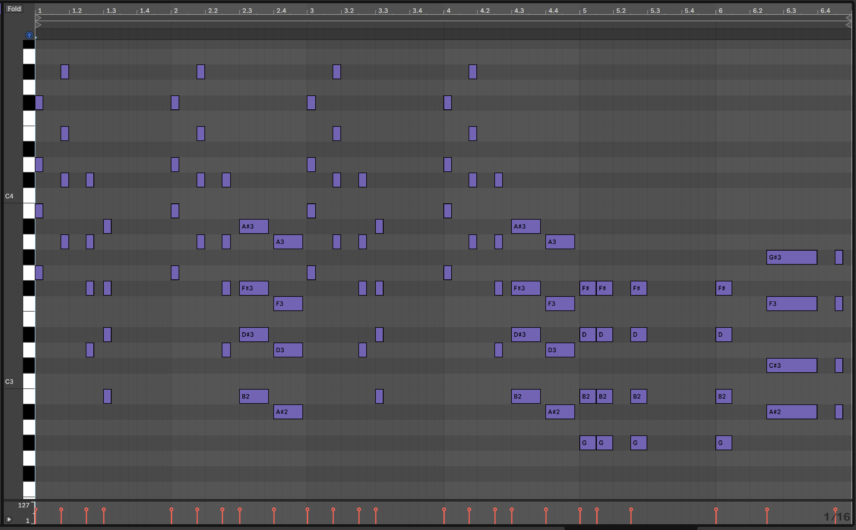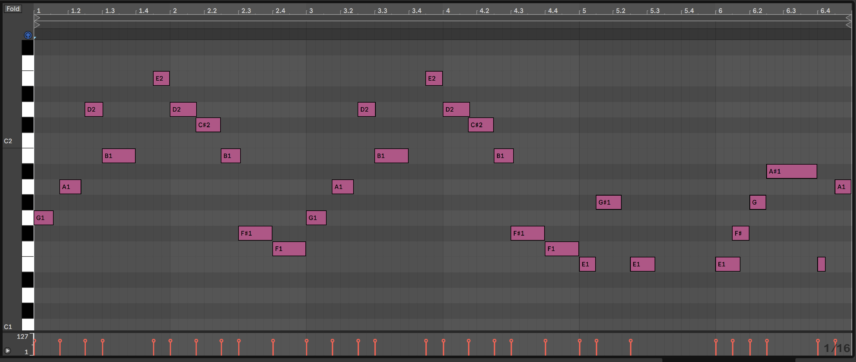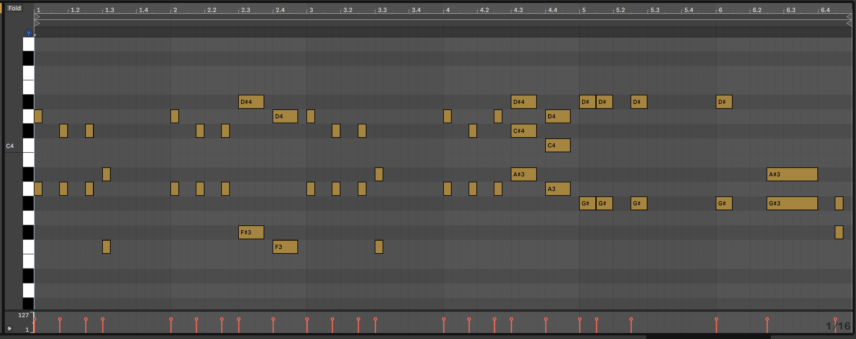In this new Passing Notes, we focus on the technique of parallel chords, which are one of the tried and tested means for catchy progressions in dance music.
After a brief explanation of the technique we will break down parallel chord tricks used by Motor City Drum Ensemble, Ian Pooley and Kerri Chandler before using all of these tricks to produce the following riff:
You can download the project file here to follow along.
What Are Parallel Chords?
In traditional music theory, parallel chords or parallel harmony is a technique used for smooth key modulation and insertion of chords borrowed from other scales, but samplers and MIDI chord devices transformed it into a hook-machine for electronic music.
When producers started sampling records in the ’80s one of the elements most commonly extracted off of old jazz and funk LP’s would be chords. After getting the audio file of a chord into the hardware sampler—like the Akai MPC60, for example—it could then be re-pitched across the pads, allowing early house and hip-hop producers to finger drum riffs or progressions using just one chord. The modern equivalent of this in Ableton is simply dragging a chord’s audio file into Simpler or Sampler, where it is automatically re-pitched and spread across a MIDI keyboard or MIDI pads.
To demonstrate this we sampled a D major chord in Simpler and programmed a quick riff.
What gives parallel chords their signature sound is that each chord played shares the same voicing.
For example, in the below clip we used a D minor 7 (add9) chord and programmed in a chord sequence by pitching all of the initial chord’s notes down together by the same value of semitones. As a result, all three of the chords (D minor, C minor, and A minor) are pressed in the exact same shape: root, minor 3rd, fifth, seventh, and ninth.
Here is how the three chords would sound if different voicings were used for each one.
The use of the term ‘housey’ is usually questionable but it would be hard to dispute that it applies more to the former!
The second key aspect of parallel chords is that they almost always contain key changes and chords borrowed from other scales. Abandoning the original key of a track is usually a sensitive issue, but there is something about the parallel chord sound that makes this modulation subtle. The basic idea is that jumping from chord to chord in quick succession makes the listener less attached to the key of the song and more attached to the looping riff.
In the previous example when the chord goes from D minor 7 (add 9) to C minor 7 (add 9) there is a key change in the second chord. This is because the C minor chord contains the D# note, which is not in the D minor scale.
Parallel chords are an easy technique to replicate but there are certain ways to use them that can lift them from potentially generic territory. Let’s have a look at some of these.
Parallel Chords As Fills
The first parallel chord trick we will look at is one employed by Motor City Drum Ensemble in ‘Raw Cuts #3’.
In this track, the German producer has programmed in a looping C major 7 chord with parallel F# major 7 and F major chords used every four bars to add variation.
Three out of four notes in the F# major 7 chord (F#, A#, C#, and F) are not found in the song’s key of C major, so it is a borrowed chord.
Also note that the sub playing a C note does not change even when the F# and F chords are playing. This adds tension before the resolve when the C chord starts to play again.
To recreate the chord part we used Live’s Electric Piano Daze preset with the Chord MIDI device, programming it to automatically play the major third, fifth and major seventh intervals for any key pressed.
Quick Consecutive Chords
The second parallel chord riff we will break down is ‘Bar a Thym’ by Kerri Chandler. In this track the loop consists of four chords played in a faster sequence than the previous example. This time the voicing is a minor seventh chord, with the root, minor third, fifth and minor seventh notes played.
The progression goes G# minor 7 > A# minor 7 > D minor 7 > F# minor 7.
The first, second and fourth chords are in the key of G# minor but the third chord, D minor, is a borrowed chord. In fact, none of the notes in the D minor 7 chord are found in G# minor. The sequence does not sound harmonically advanced or unconventional despite this, demonstrating that quick consecutive parallel chord hits are flexible in terms of key modulation.
We again used the Chord MIDI device to generate the chords for this example.
Parallel Chords As Slash Chords
In the two previous examples, the root notes of the parallel chords were the same as the bass playing underneath but what if the bass played different notes?
This is the case in Ian Pooley’s 2018 remix of Jovonn’s ‘Pianos of Gold’. The parallel chord pattern here does not contain the root notes played by the bass so they are being used as slash chords. These types of chords are indicated with a ‘/’ character, for example, A# minor/D#. This simply means that the bass is playing a D# note while the piano, guitar or other polyphonic instruments are playing an A# minor triad.
A# minor/D# is the first chord in Ian Pooley’s progression, followed by B major/E, G# minor over C# and F# major/B.
The theme here is that the triads playing above the bass are actually the chords’ fifth, seventh (major or minor) and ninth notes. So A# minor/D# is actually a D# minor 7 (add 9) chord without the third (because the third isn’t included).
This applies to all four chords and they have the same voicings, with the exception of the seventh notes that are either major sevenths or minor sevenths. Because of this, the chords are not perfectly parallel, as opposed to the previous two examples, but this is only done to stay in key.
Parallel Chords with Counter Melodies
Ian Pooley’s remix also highlights another trick that can be applied to parallel chords: counter melodies and layers. At around the 02:45 mark, another patch comes in playing chord hits at the same time but with different notes. While the parallel chords continue to loop this new layer adds variation with different note choices and a different timbre. We recreated one of these layer sequences in the following clip.
In the MIDI the grey notes are those played by the electric piano and the gold ones are the ones played by the new organ layer. There is some overlap of the notes but the new notes added form another melody.
Making a Parallel Chord Riff
Now to program our own parallel chord riff! To do this we will use all of the aforementioned techniques.
The first step is the electric piano. We programmed a riff starting with a G major 7 chord played with a common root, major third, fifth, and seventh voicing.
The quick consecutive chord hits are inspired by the fast modulating cords of ‘Bar a Thym’ and the longer, fill-style chords at the end of the second and fourth bars are based on the fill-type approach of ‘Raw Cuts #3’.
To test just how smooth parallel chords can make modulation sound we changed the chord shape to a minor 7 for bars five and six and started bar five with a G# minor 7 chord. The progression originally started with G major 7 so this is quite a change.
Step two is the bass. For this we set a rule that the bass is not allowed to always play the root note of the chords—this is the easy way out! This slash chord technique is used for both the second and fourth bars and in bar five when the bass plays an E underneath the G# minor 7 chord (turning the overall chord into an E major 7 add 9 chord).
Always experiment with different bass note and parallel chord combinations for a variety of results!
Step three is adding layers. For the first layer, which is a pad, we did not add a countermelody and just copied some of the Rhodes chords exactly as they are. For the second layer, we used an Ian Pooley-esque approach and added different chord variations with an organ patch.
Here is the final result with drums added:
